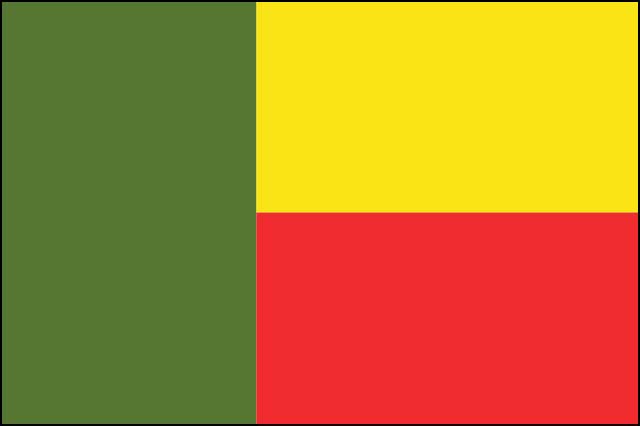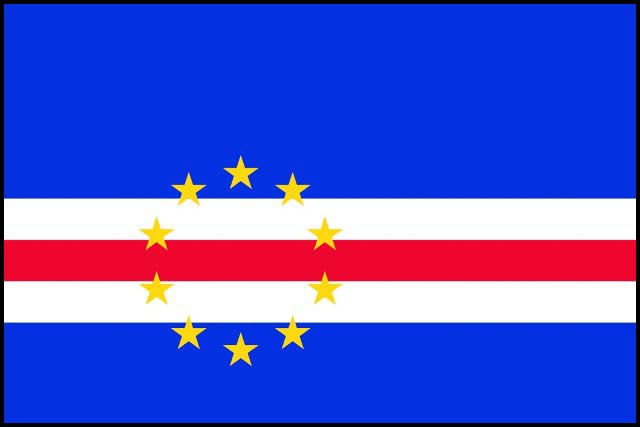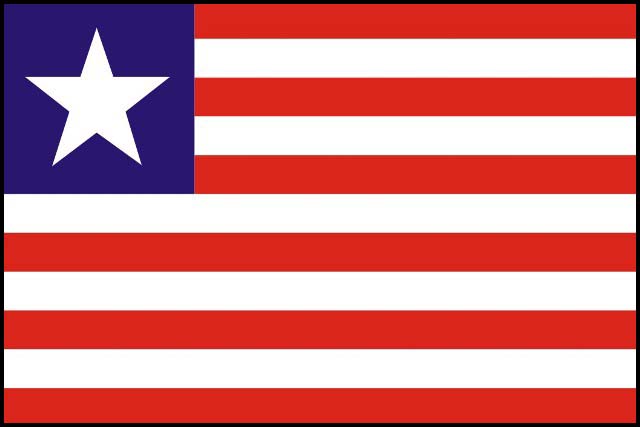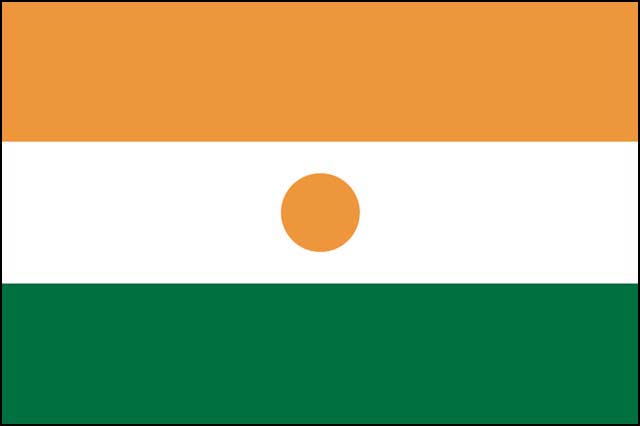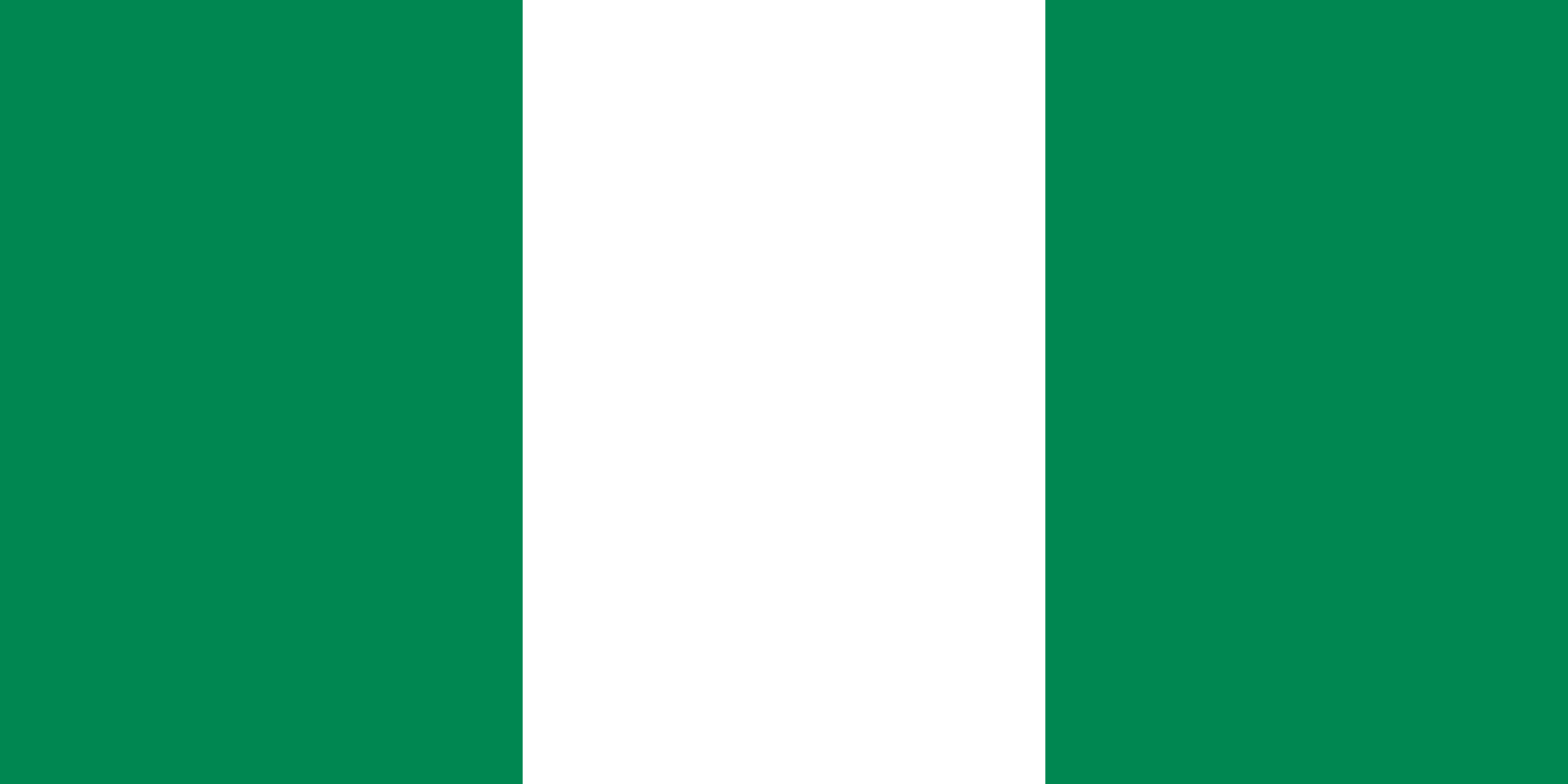Ghana
Overview of the country
Ghana is a country situated along the Gulf of Guinea and the Atlantic Ocean in the subregion of West Africa. It has land area of 138,535 km2 and is bordered by Ivory Coast to the west, Burkina Faso to the north, Togo to the east and the Gulf of Guinea and Atlantic Ocean to the south.
Ghana is located a few degrees north of the equator, giving it a warm climate. It has an atlantic coastline that stretches 560 kilometers (350 miles) on the Gulf of Guinea in the Atlantic Ocean to its south. It lies between longitudes 1°15'E and 3°15'W and latitudes 4°45'N and 11°N. The Greenwich meridian passes through Ghana, through the industrial port town of Tema.
Ghana has 16 administrative regions. The Ahafo region has 6 districts, Ashanti - 43, Bono – 11, Bono East – 11, Central – 22, Eastern – 33, Greater Accra – 29, North East - 6, Northern - 16, Oti – 8, Savannah – 7, Upper East –22015,Upper West – 11, Volta – 19, Western – 14 and Western North has 9 districts.
Key indicators
Total population (2010 Population and housing census): - 24,658,832
Population Estimate (2018): - 29,614,337
Population Growth Rate: 2.3% per annum
Total Land Area: - 23,853,300 hectares
Total Agricultural land Area: - 13,600,000 hectares
Total Area Under Cultivation (2018): - 6,763,500 hectares
Total Area Under Irrigation (2018): - 222,978 hectares
Area Under Inland Waters: - 1,100,000 hectares
Others (Forest reserves, savannah, etc.)- 8,746,021 hectares
Political, economic and social context of the country
-
Political context
Ghana is a democratic country ruled by a 4th Republican Constitution. It has had 6 successful multiparty elections with the 7th set for December, 2020. The current President, His Excellency, Nana Addo Dankwa Auffo-Addo is both Head of State and Head of Government.
Over the past two decades, Ghana has been a stable and prosperous democracy with an independent judiciary and legislature. There are two major political parties, the National Democratic Congress (NDC) and the New Patriotic Party (NPP). The NPP is the current ruling party with a total of 169 seats out of the 275 Parliamentary seats.
Ghana runs a decentralization system which is aimed at promoting people’s participation and ownership of governance at the local level through Metropolitan, Municipal and District Assemblies (MMDAs). In this case the process of governance is shifted from command to consultation process and by transferring power, authority and functions, competence and resources to the district level under Act 462. The Political head of the MMDAs is the Metropolitan, Municipal and District Chief Executives (MMDCEs), who are appointed by the Head of State.
-
Economic context
Ghana’s economy continued to expand in 2019, with real GDP growth estimated at 7.1%. High growth momentum since 2017 has consistently placed Ghana among Africa’s 10 fastest-growing economies. Improvements in the macroeconomic environment were accompanied by expansion in domestic demand due to increased private consumption. The industrial sector, with average annual growth exceeding 10%, was a major driver of growth in the three years to 2019.
Agriculture continues to be the second fastest-growing sector in the economy, but a financial sector clean-up that started in 2017 placed a temporary drag on growth of services. In 2019, Ghana maintained its moderate fiscal and current account deficits, single-digit inflation, and a relatively stable exchange rate. The fiscal deficit improved from 3.5% of GDP in 2018 to 3.4% in 2019. However, the current account deficit rose from 3.1% of GDP to 3.5% as net flows in the income account outweighed gains in the trade account. A steady decline in nonfood inflation and tight monetary policy helped keep inflation within a medium-term target of 8 ± 2%.
The agriculture sector witnessed an increased in real GDP growth rates from 0.9 in 2014 to 6.1% in 2017 and declined to 4.8% in 2018. Real GDP growth is expected to increase to 6.9% in 2019.
-
Social context
According to the United Nations Development Programme (UNDP) 2019 Human Development report, the value of Ghana's Human Development Index (HDI) has increased by 31.1% despite dropping its ranking from 140th position in 2017 to 142nd in 2018 out of 189 countries.
Poverty declined steadily from 51.7 percent in 1991/1992 to 39.5 percent in 1998/1999 and dropped further to 24.2 percent in 2012/2013 and to 23.4 percent in 2016/2017 (Ghana: Voluntary National Review Report on the Implementation of the 2030 Agenda for Sustainable Development, 2019)
The report indicated that the incidence of extreme poverty (those unable to meet their basic needs) also fell – from 16.5 percent in 2005/2006 to 8.4 percent in 2012/2013. It fell further to 8.2 percent in 2016/2017.
Successive governments have demonstrated strong political commitments to improving food production and reducing poverty and malnutrition. This was reinforced by the 2014 Malabo Declaration, which is a critical policy initiative for agricultural growth, poverty reduction, and food and nutrition security. According to a survey conducted by Ghana Statistical Service (GSS -MICS6) in 2018, the national malnutrition status (stunting, underweight and overweight) of children under five years has improved significantly from 33% in 2011 to 18% in 2018. Underweight children saw improvement from 20% to 13% and Overweight from 1% to 3%. As at 2017, Ghana is food self-sufficient in all major staple crops except rice and millet.
Gender is an important dimension of poverty in Ghana where over 5% of the population in Ghana are women with a Gender Inequality Index (GII) coefficient of 0.54 as at 2017.
Agro-sylvo-pastoral and fishery sector
Ghana’s Agricultural GDP growth rate (based on 2013 base year) increased from 2.6% in 2016 to 6.1% in 2017 and then to 4.8% in 2018.
The agriculture sector in Ghana is made up of Crop, Livestock, Fisheries and Forestry/Logging. The Agricultural sector contributions to overall GDP over the years from 2016, 2017 and 2018 were 22.7%, 21.2% and 19.2% respectively.
Production Trend of Major Crops (Metric Tonnes)
|
Crop |
2014 |
2015 |
2016 |
2017 |
2018 |
% Change (2017/2018) |
|
Maize |
1,768.54 |
1,691.64 |
1,721.91 |
2,011.18 |
2,306.38 |
14.68 |
|
Rice (Paddy) |
602.22 |
641.49 |
687.68 |
722.08 |
769.40 |
6.55 |
|
Millet |
155.32 |
157.37 |
159.02 |
163.48 |
181.56 |
11.06 |
|
Sorghum |
259 |
228.4 |
229.60 |
277.54 |
316.24 |
13.94 |
|
Cassava |
16,523.66 |
17,212.76 |
17,798.22 |
19,008.72 |
20,845.96 |
9.67 |
|
Yam |
7,118.89 |
7,296.12 |
7,440.35 |
7,856.90 |
7,788.87 |
-0.87 |
|
Cocoyam |
1,298.97 |
1,301.19 |
1,343.73 |
1,387.29 |
1,460.94 |
5.31 |
|
Plantain |
3,828.01 |
3952.44 |
4,000.42 |
4,278.83 |
4,688.28 |
9.57 |
|
Groundnuts |
426.63 |
417.2 |
425.82 |
433.77 |
521.03 |
20.12 |
|
Cowpea |
201.26 |
203.32 |
206.38 |
211.47 |
237.04 |
12.09 |
|
Soya bean |
141.47 |
142.36 |
143.22 |
170.49 |
176.67 |
3.63 |
Source: SRID-MoFA, 2018
Trends of Productivity of Major Crops (Metric Tonnes/Hectare)
|
Crop |
2014 |
2015 |
2016 |
2017 |
2018* |
% change (2017/2018) |
|
Maize |
1.73 |
1.92 |
1.99 |
2.04 |
2.26 |
10.78 |
|
Rice (Paddy) |
2.69 |
2.75 |
2.92 |
3.00 |
2.96 |
-1.33 |
|
Millet |
0.96 |
0.97 |
1.16 |
1.05 |
1.28 |
21.90 |
|
Sorghum |
1.14 |
1.00 |
1.14 |
1.24 |
1.39 |
12.10 |
|
Cassava |
18.59 |
18.78 |
20.25 |
20.73 |
21.33 |
2.89 |
|
Yam |
16.63 |
16.96 |
17.42 |
16.71 |
16.58 |
-0.73 |
|
Cocoyam |
6.48 |
6.49 |
6.53 |
6.79 |
7.19 |
5.89 |
|
Plantain |
10.74 |
10.9 |
11.17 |
11.77 |
12.11 |
2.89 |
|
Groundnuts |
1.28 |
1.28 |
1.30 |
1.37 |
1.63 |
18.98 |
|
Cowpea |
1.21 |
1.25 |
1.41 |
1.37 |
1.51 |
10.22 |
|
Soya bean |
1.63 |
1.65 |
1.65 |
1.66 |
1.72 |
3.61 |
Source: SRID-MoFA, 2018
Major Government Flagship Programmes
Since April, 2017, the Government launched and is implementing a key Flagship Programme dubbed – Planting for Food and Jobs Campaign (PFJ). The Planting for Food and Jobs campaign seeks to accelerate the growth of Agriculture to cope with the increasing demands of a rapidly rising population. It has five main pillars namely; Fertilizer Distribution, Seed Distribution, Improvements in Extension Service Delivery, Marketing and E-Agriculture.
In 2018, the Ministry remained focused on PFJ programmes and extended it to cover Food Crops Module, Tree Crop Development Module, Rearing for Food and Jobs Module, Greenhouse Technology Module, Mechanization Service Module in addition to three complementary interventions (include; Plant Protection and Regulatory Services, Irrigation Development and Postharvest Management).
A total of 254 districts benefitted from the PFJ programmes in 2018 compared to 216 districts in 2017. In addition, six extra crops (Cabbage, Cucumber, Lettuce, Carrot, Cassava and Groundnut) were added to the seven existing crops (Maize, Rice, Sorghum Soybean, Tomato, Onion and Pepper) which increased the total number of crops under the PFJ programme to thirteen. A total of 677,000 farmers were registered to participate in 2018 PFJ which was in excess of the 177,000 farmers based on the 500,000 targets. In addition, 173 schools (SHS 163 and 10 Universities) participated in the 2018 PFJ programme compared to the 17 schools in 2017. The high participation in the programme is attributed to adequate sensitization that was conducted across the sixteen regions of the country.
Input distribution under the PFJ was aimed at increasing farmer access to quality and affordable inputs (seeds and fertilizers) to increase production.
Inputs (Fertilizer & Seeds) Distributed to Beneficiary Farmers
|
Years |
Beneficiaries |
Fertilizers Distributed (Mt.) |
Seeds Distributed (Mt.) |
|
2016 (Base Year) |
0 |
134,000 |
2,000 |
|
2017 |
500,000 |
167,000 |
4,400 |
|
2018 |
677,000 |
247,000 |
6,821 |
|
2019 |
1,200,000 |
330,390 |
18,333 |
Source: PFJ Secretariat
The intervention of Planting for Food and Jobs Campaign has significantly increased yields of selected crops. For example, from a baseline of 1.8mt/ha in 2016, maize yields increased to 3.4mt/ha in 2018 and 3.8mt/ ha in 2019, a 111 percent increase over the 2016 levels. Similarly, rice yield increased by 59 percent from 2.7mt/ha in 2016 to 4.3mt/ha in 2019. Soya yield increased by 200 percent from 1mt/ha in 2016 to 3.0mt/ha in 2018
Livestock Sub-Sector
To increase domestic meat production of livestock (cattle, sheep, goats, pigs, poultry, etc.), reduce importation of livestock products and improve livelihoods of livestock value chain actors, the Government launched the Rearing for Food and Jobs (RFJ) Programme in June, 2019. The RFJ is one of the modules under the PFJ. The following are trends in livestock population and livestock slaughter from 2015 to 2018.
Trends of Livestock Population (‘000)
|
Type of Livestock |
2015 |
2016 |
2,017 |
2,018 |
|
Cattle |
1,734 |
1,815 |
1,901 |
1,943 |
|
Sheep |
4,552 |
4,744 |
4,978 |
5,102 |
|
Goats |
6,352 |
6,740 |
7,151 |
7,366 |
|
Pigs |
730 |
777 |
816 |
845 |
|
Poultry |
71,594 |
73,885 |
75,363 |
76,870 |
Source: SRID/MoFA, 2018
Trends of Livestock Slaughter Summary (Numbers)
|
Type of Livestock |
2015 |
2016 |
2,017 |
2,018 |
|
Cattle |
141,144 |
116,056 |
129,694 |
122,083 |
|
Sheep |
47,546 |
42,138 |
47,960 |
49,291 |
|
Goats |
76,531 |
67,390 |
74,101 |
78,366 |
|
Pigs |
13,618 |
11,923 |
13,195 |
15,648 |
|
Poultry |
3,045 |
5,513 |
4,746 |
2,130 |
Source: Veterinary Services Directorate, MoFA 2018
Fish Sub-Sector
The main sources of fish in Ghana are the marine and inland sources. The Ghanaian marine fisheries comprise of four sub-sectors: the artisanal or canoe sector which constitutes the largest fleet, the semi industrial or inshore fleet, the industrial and tuna fleets.
The inland fisheries include inland capture, culture (aquaculture) and culture-based fisheries. The main sources of inland capture production is from the Volta Lake, lagoons, reservoirs, irrigation dams and dugouts and other inland water bodies. The trends of fish production and imports are indicated below:
Annual Fish Production by Source (Mt.)
|
Source |
2015 |
2016 |
2,017 |
2,018 |
|
Marine |
320.111 |
328,541 |
342,427 |
294,240 |
|
Inland |
86,268 |
84,345 |
76,753 |
73,628 |
|
Total |
398,803 |
412,886 |
419,181 |
367,868 |
Ministry of Fisheries and Aquaculture Development (MoFAD)
Fish Imports and Exports (Mt.)
|
Source |
2015 |
2016 |
2,017 |
2,018 |
|
Total fish imports |
180,802 |
192,131 |
197,063 |
192,690 |
|
Total fish exports |
53,750 |
53,100 |
48,767 |
73,622 |
Ministry of Fisheries and Aquaculture Development (MoFAD)
